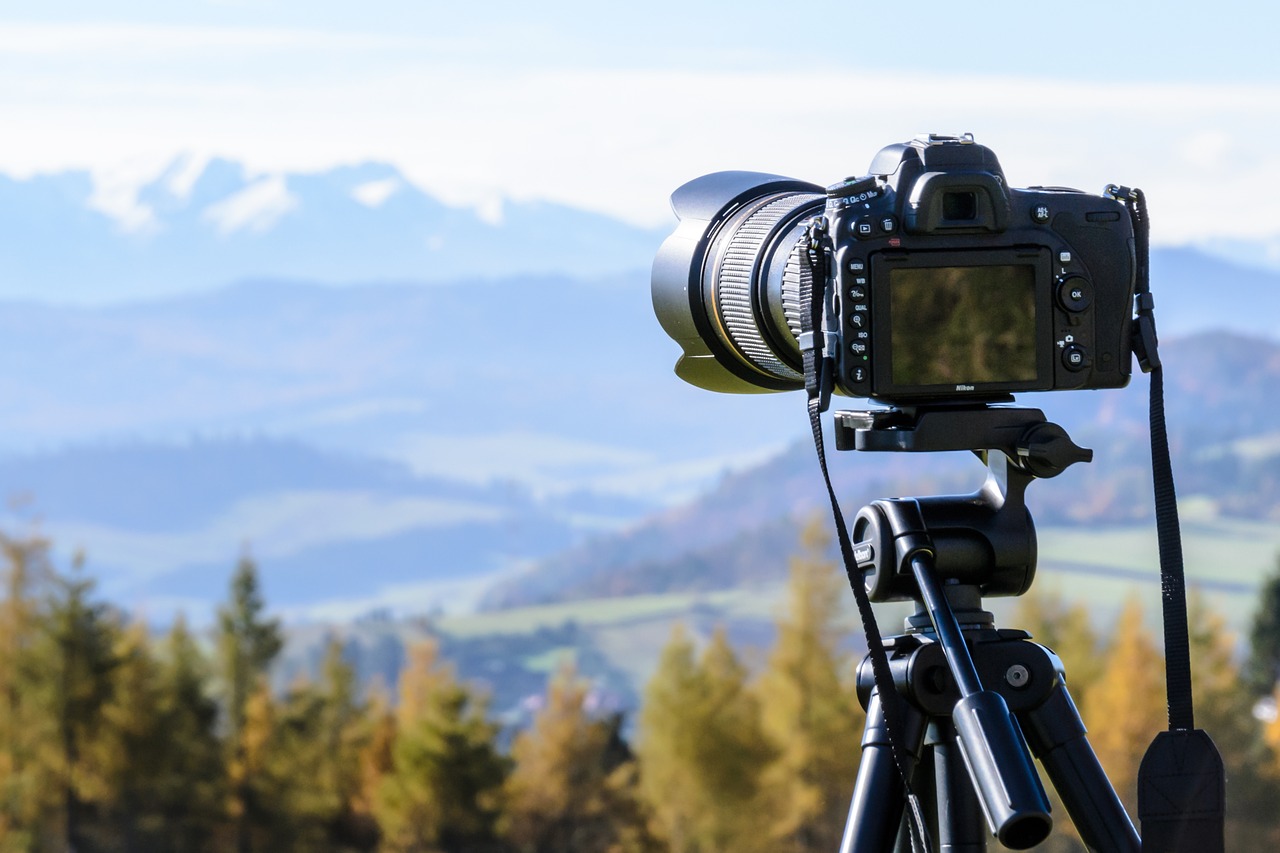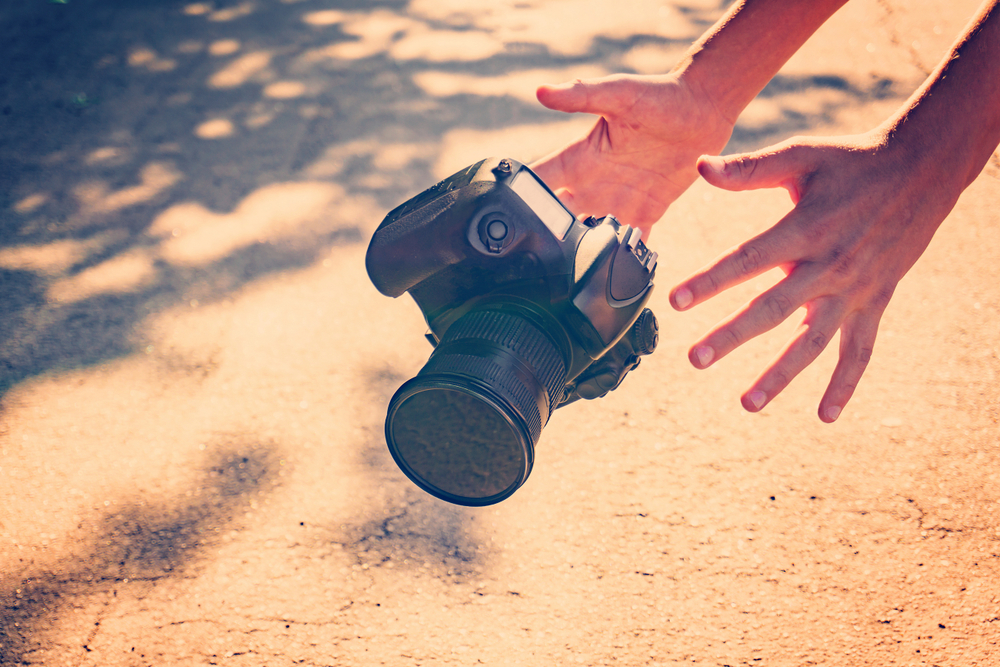The majority of today’s photographers begin their careers with a lengthy period of “point-and-shoot photography.” You point your camera at what you want to capture, and you click a button.
It’s pretty straightforward. Sometimes the shots are good, sometimes they’re bad, and there’s no repeatable process to follow to increase the number of good pictures and make the good ones truly great.
There are two important steps you need to take to leave your point-and-shoot phase. The first may be the easiest: familiarize yourself with all of you camera’s settings. The second is to make sure the brain is engaged so you know what you want the image to look like.
In today’s blog, I want to address the first, and would like to explain Aperture Priority Mode.
What is Aperture Priority Mode?
You’ll find Aperture Priority Mode on your camera’s mode dial, usually indicated by an A, AP or Av.
Switching your camera to Aperture Priority Mode tells your camera that you are going to decide on the aperture — on how big the size of the opening will be — to control the depth of field. The camera will set the shutter speed automatically.
Choosing the depth of field is one of the most important creative decisions made in your pictures.
Wide Aperture — f/2.8 to f/4

A wide aperture opens up the lens to allow the greatest possible amount of light to hit your sensor. This reduces your depth of field, meaning only the point you focus on will appear sharp. Everything else in your composition will appear blurred. Wide aperture shots are great for portraits and landscapes where you want to put the emphasis on the area near the front and allow the background to lose detail.
Medium Aperture — f/5.6 to f/8

Medium aperture, naturally, is the middle ground between a wide and a small aperture. You’re letting in less light (unless you decrease the shutter speed) but expanding the depth of field. The area in the foreground will remain sharp, like your shot with a wide aperture, but the background will be less blurry.
Small Aperture — f/11 to f/16

A small aperture setting, also called stopping down, limits the amount of light passing through the lens, increasing the depth of field. If you want a picture that captures everything, so most or all of the scene appears in focus, use a small aperture setting.
Note, however, that a smaller aperture will require longer shutter speeds to get sufficient light in your composition, or higher ISO settings, either of which may require you to use a tripod.
Learn and Travel with Steinberg Photography
If you’re looking to hone your skills or take a landscape photography adventure with professional photographers, Jim and Lori Steinberg of Steinberg Photography offer numerous exciting workshops and tours that are great for everyone from beginners to professionals.
See where we’re heading next!







